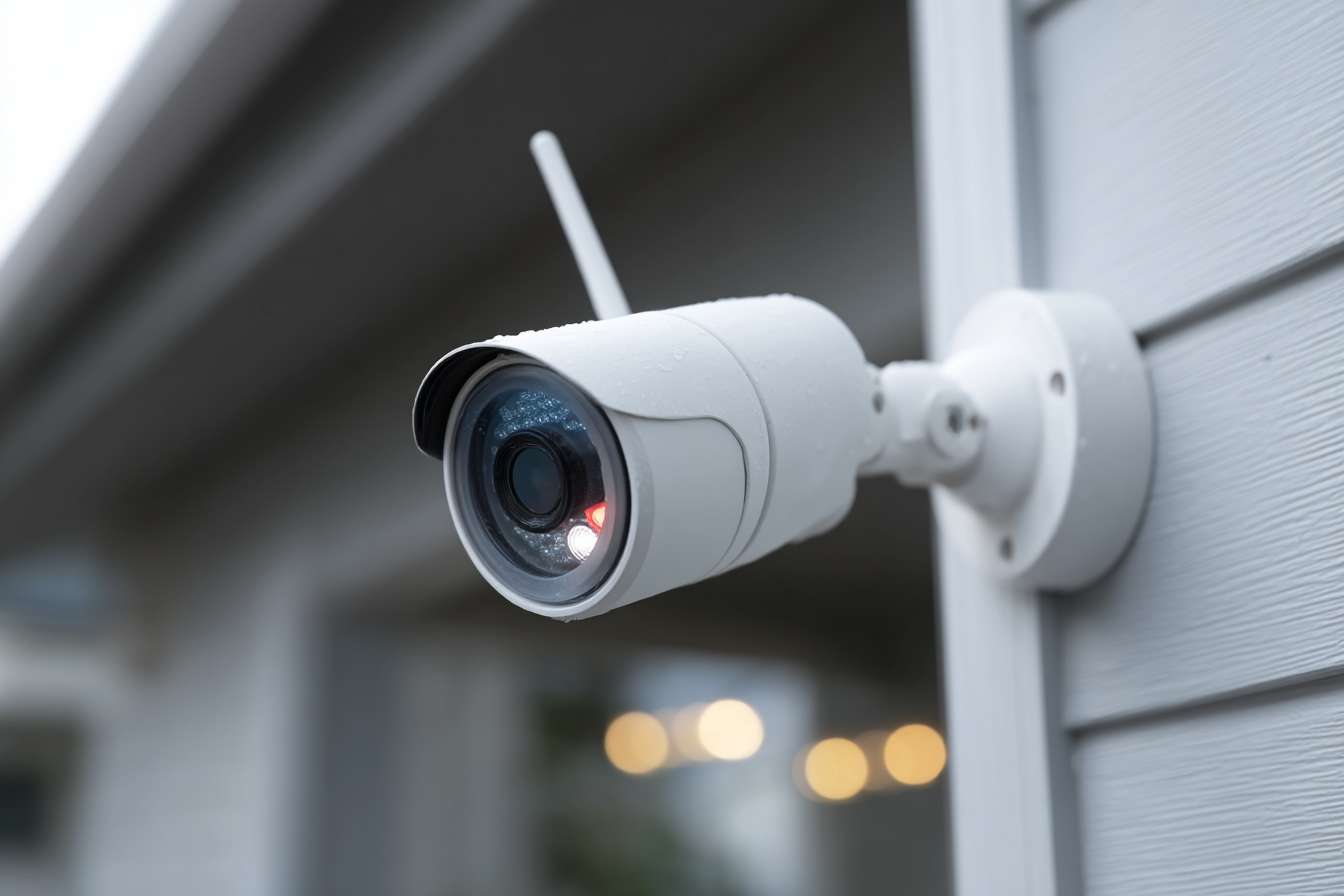Understanding How Alarm Systems Work at Home
Alarm systems use different parts like sensors, lights, and sounds to let people know when something changes in a house. Learning how these parts work together can help you understand technology that can notice unusual events and respond automatically.

Home security technology has become increasingly accessible and sophisticated, offering homeowners multiple ways to protect their properties and loved ones. At its core, an alarm system functions as an electronic network designed to detect unauthorized entry, environmental hazards, or suspicious activity. Understanding the mechanics behind these systems helps homeowners make informed decisions about their security needs and appreciate how different components work together to create comprehensive protection.
Components of Home Security Technology
Every residential security system consists of several essential elements that work in coordination. The control panel serves as the brain of the operation, processing signals from various sensors and determining appropriate responses. Door and window sensors typically use magnetic contacts that trigger alerts when separated, indicating an opening. Motion detectors employ infrared technology or microwave sensors to identify movement within designated areas. Glass break detectors listen for the specific frequency of shattering glass, while smoke and carbon monoxide detectors monitor environmental conditions. The keypad allows users to arm or disarm the system using codes or biometric authentication. Finally, the siren or alarm provides audible warnings to deter intruders and alert occupants to potential dangers.
How Residential Alert Systems Detect Threats
Threat detection relies on continuous monitoring of sensor status and environmental conditions. When the system is armed, sensors constantly communicate with the control panel, reporting their status. If a door opens while the system is armed, the magnetic contact breaks, sending an immediate signal to the control panel. Motion sensors use passive infrared technology to detect heat signatures from moving bodies, distinguishing between normal environmental changes and potential intruders. Advanced systems employ dual-technology sensors that require multiple detection methods to trigger before sounding an alarm, reducing false alerts. The control panel evaluates incoming signals against programmed parameters, determining whether to sound local alarms, send notifications, or contact monitoring services. Entry delay periods allow authorized users time to disarm the system after opening protected doors, while instant triggers activate immediately for certain zones like windows or back doors.
Smart Home Sensors and Integration Options
Contemporary security systems increasingly integrate with broader smart home ecosystems, creating interconnected environments that enhance both convenience and protection. Smart sensors communicate wirelessly through protocols like Z-Wave, Zigbee, or Wi-Fi, eliminating the need for extensive wiring throughout the home. These devices can trigger automated responses beyond traditional alarms, such as turning on lights when motion is detected or adjusting thermostats when occupants leave. Voice assistants like Amazon Alexa or Google Assistant allow hands-free system control through spoken commands. Integration with smart locks enables remote door access for guests or service providers while maintaining security logs. Smart cameras with artificial intelligence can distinguish between family members, pets, and strangers, sending targeted alerts based on recognized faces. Geofencing technology uses smartphone location data to automatically arm or disarm systems as residents come and go, reducing the chance of forgetting to activate protection when leaving home.
Home Monitoring Devices and Remote Access
Remote monitoring capabilities have transformed how homeowners interact with their security systems. Modern systems typically include mobile applications that provide real-time status updates, allowing users to check whether doors are locked or systems are armed from anywhere with internet connectivity. Push notifications deliver instant alerts when sensors trigger, often including video clips or images from connected cameras. Two-way audio features enable homeowners to communicate with visitors or potential intruders through doorbell cameras or indoor speakers. Cloud storage preserves video footage for later review, while local storage options provide backup in case of internet outages. Professional monitoring services maintain 24/7 watch over connected systems, contacting emergency services when alarms trigger and homeowners cannot be reached. Self-monitoring options allow tech-savvy homeowners to receive alerts directly without ongoing service fees, though this requires personal vigilance and response capability.
Electronic Warning Systems and Alert Protocols
When a security system detects a threat, it follows programmed alert protocols designed to maximize safety and response effectiveness. Local alarms sound immediately, creating loud noise intended to frighten intruders and alert neighbors. Simultaneously, the system may send notifications to designated contacts through phone calls, text messages, or app alerts. If connected to a monitoring service, trained operators receive the alert and attempt to verify the emergency by contacting the homeowner using predetermined security codes. Upon confirmation of a genuine threat, operators dispatch appropriate emergency services while remaining on the line. Some systems include panic buttons that allow occupants to manually trigger silent or audible alarms during emergencies. Environmental sensors follow similar protocols, sounding distinct alarm patterns for smoke or carbon monoxide and automatically notifying fire departments through monitoring services. Programmable zones allow different areas to trigger specific responses, such as silent alerts for perimeter breaches versus loud alarms for interior violations.
The reliability of these warning systems depends on proper installation, regular maintenance, and backup power supplies. Battery backups ensure continued operation during power outages, while cellular communication modules maintain connectivity if internet service fails. Regular testing of sensors, batteries, and communication paths helps identify potential failures before emergencies occur. Many systems include self-diagnostic features that alert homeowners to low batteries, sensor malfunctions, or communication issues, enabling proactive maintenance.
Conclusion
Residential alarm systems represent sophisticated networks of sensors, processors, and communication devices working together to protect homes and families. From basic door contacts to advanced artificial intelligence-powered cameras, these technologies provide multiple layers of defense against intrusion and environmental hazards. Understanding how these components detect threats, communicate with each other, and integrate with broader smart home ecosystems empowers homeowners to select and use security solutions that match their specific needs. As technology continues advancing, home security systems will likely become even more intelligent, predictive, and seamlessly integrated into daily life, offering peace of mind through constant vigilance and rapid response capabilities.




